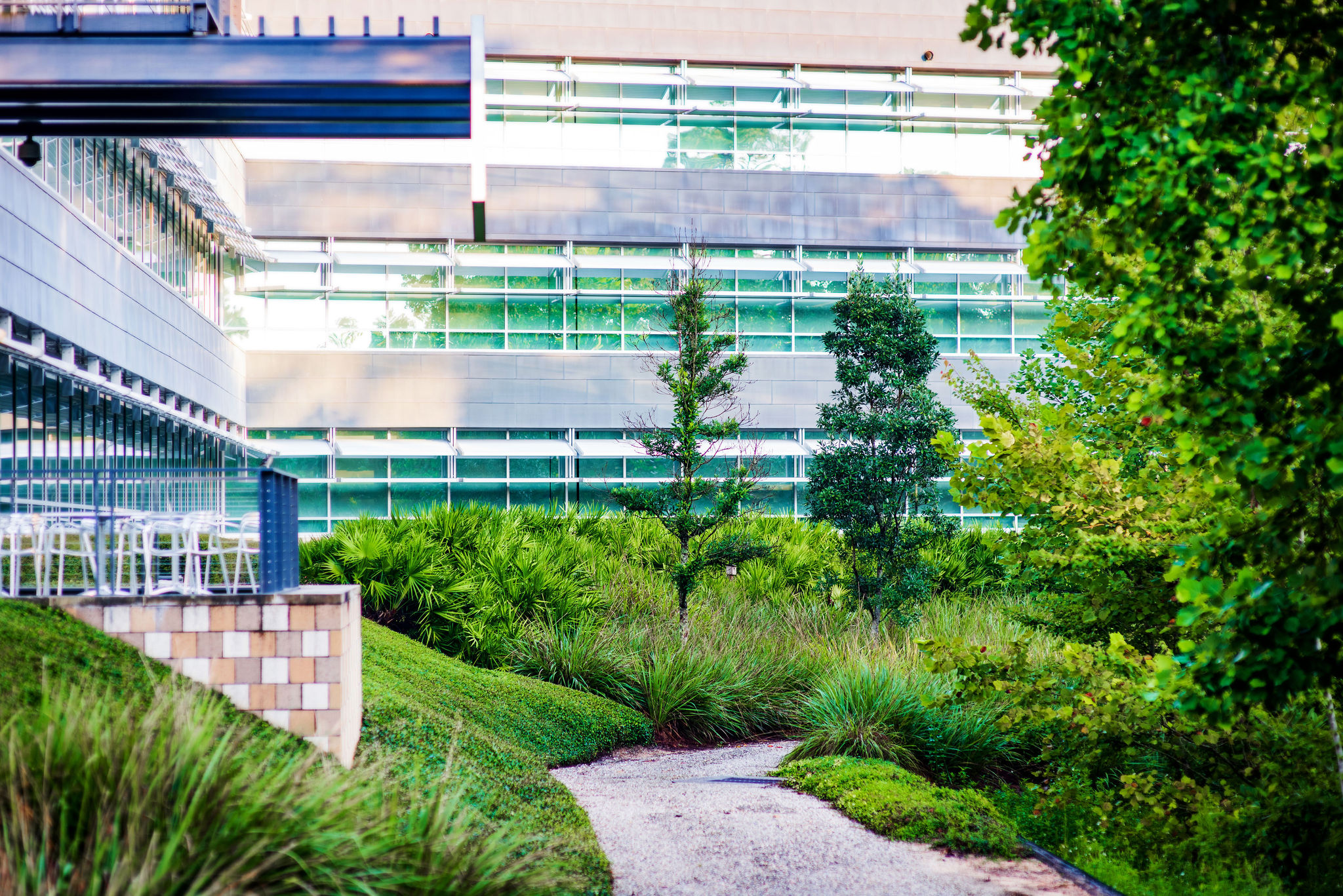Golfweek Features Jerry Pate Design and Teeth of the Dog - Read More
The past few years have brought lots of changes to our daily lives. Social distancing meant closed restaurants, canceled concerts, and postponed gatherings. The biggest impact for most people occurred in work life, though. Keeping large groups of people from being in close proximity to each other meant that most office environments were shut down rather quickly. Employers across the country sent workers home rather than risk large numbers of employees ending up sick. Today, many employees are returning to the office.
For many people, working from home was a welcome change. It blended work life with time for household chores, family, and pets, resulting in multi-faceted productivity. But for others, the social isolation caused by work-from-home policies has been a challenge. Loneliness has often been mentioned as a negative side effect of working from home and has been the focus of a number of psychological studies. From the perspective of employers, improving teamwork is the most common reason cited for reversing the remote-work policy.
The Role of Landscape Architecture in a Return to the Office
When the subject of a return to the office is discussed, corporate landscape design is an element that is being considered more and more frequently. A well-designed and implemented corporate landscape architecture offers employers the benefit of making their property more attractive for employees to return to and, at the same time, can help to foster the teamwork that is the primary goal of getting everyone back to the office. For the employee, pleasant and functional outdoor spaces can be a remedy to the isolation of working from home.
The term “therapeutic landscapes” was first put into print by Wilbert Gesler in 1992. The healing power of a beautiful natural environment was not a new concept, but Gesler explored the idea and defined the therapeutic landscape as a place “where the physical and built environments, social conditions and human perceptions combine to produce an atmosphere which is conducive to healing.”
A Texas A&M Agriculture and Life Sciences Center study found that plants and green spaces are directly correlated to higher levels of optimism. Aesthetically pleasing environments also promote increased employee pride and satisfaction, which in turn can be viewed as a positive aspect of returning to the workplace.
An inviting landscape can have physical benefits as well. Plants and trees improve air quality by absorbing carbon dioxide and releasing oxygen. Encouraging employees to spend some time outside can result in decreased risk of respiratory illness and improved overall employee health. Many employees incorporated exercise routines into their work-from-home schedules when they found they weren’t moving as much as they were at the office. Walking paths, biking trails, and even body-weight exercise stations can be attractive resources for health-conscious employees, making the return to the office that much more positive.
Performance Improves When Employees Feel Supported by Their Environment

Along with the health benefits of well-designed commercial landscapes, there can also be an employee performance advantage. The Texas A&M Agriculture and Life Sciences Center study also found that being surrounded by plants promotes concentration and memory. Another study showed that neat landscaping contributes to an organized, yet relaxed atmosphere that most employees will find comforting. If nothing else, well-placed trees and shrubs can act as natural sound barriers that help to minimize traffic noise, increasing concentration and focus among office workers.
Additionally, functional outdoor areas can serve as meeting spaces. This may help to achieve the teamwork goals that are a major part of the return-to-the-office rationale. Well-designed corporate landscapes can also serve as break-time gathering places. Altogether, this is a way to facilitate collaboration, creativity, and team-building activities. Sometimes, a less formal setting than the typical meeting room is beneficial. Seating areas, power outlets, shaded spots, sufficient Wi-Fi coverage, and even cooking areas are all features that can be incorporated into the corporate landscape plan to make it into a functional meeting space.
The corporate landscape can also simply make the office more inviting for employees to return to. Plants and greenery add curb appeal that can make pulling into the corporate lot seem more fulfilling. Features such as a pond or fountain can make it more interesting, and the right plants can attract birds, butterflies, and other wildlife. The result can be a vibrant space that employees actually look forward to visiting.
The Maintenance Factor
One thing that must not be forgotten is that a great corporate landscape is not just about the design. Maintenance must also be part of the equation. Weed and pest control, tree and shrub trimming, and care of water features must be planned for and executed regularly. Pathways and seating areas should be kept clean. An unkempt corporate landscape will have exactly the opposite effect from the image the creators had in mind.
A Positive Trend

Whether or not they have taken the full measure of Gesler’s research into account, companies around the world have instituted his philosophy. Many corporations are creating outdoor spaces that benefit the well-being of employees. These environments also have a positive impact on clients and visitors.
Jerry Pate Design recently completed the Navy Federal campus that includes recreation fields and facilities, stormwater amenities, multi-use pathways, outdoor exercise areas, pocket parks, and programmable courtyards. Google’s new UK headquarters include a 300-meter-long rooftop park and L.L. Bean has converted part of a warehouse into a courtyard that all employees can see and access. These examples illustrate a growing trend rooted in the need to find new ways to attract and retain good talent.
When instituting a return-to-office policy, companies are looking for any advantage they can find to minimize the loss of talent. Younger workers, in particular, are more willing to change employers in the name of work-life balance. Those same employees tend to place high value on a positive workplace experience. And, they want to be proud of the company they work for! Employers that make the return to the office more attractive will see better results all around. Beautiful corporate landscape architecture can help you do it.

